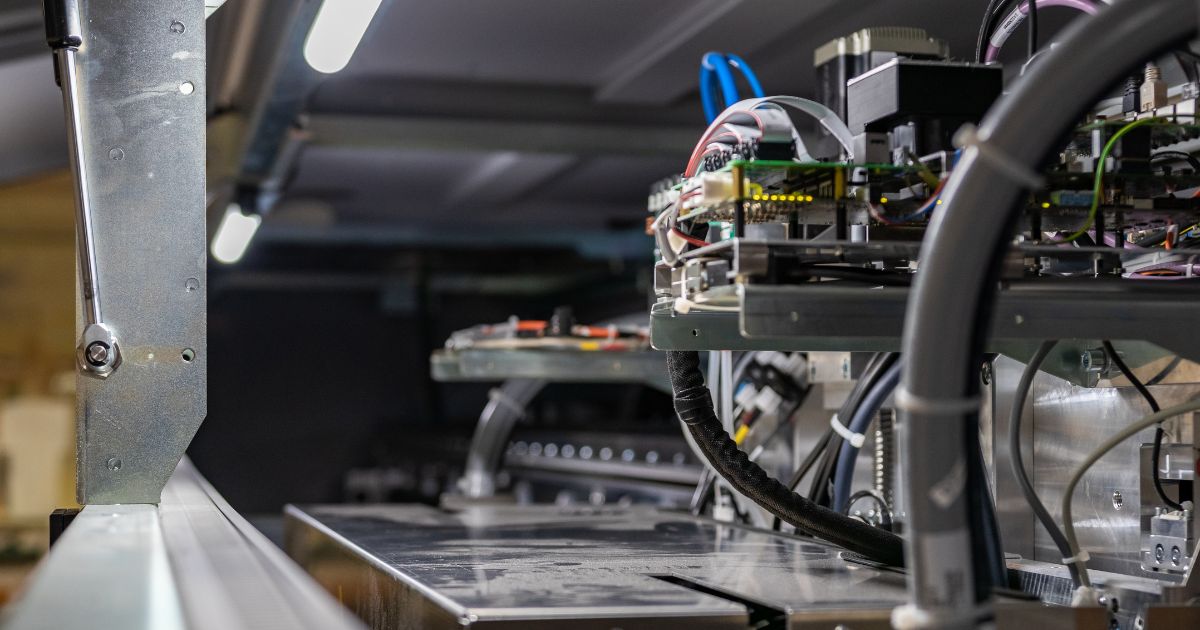Ensuring a tool’s functionality, performance, and accuracy is crucial before putting it on the market. Learn why prototyping medical devices is important.

Precision, reliability, and safety are desirable qualities and necessities in healthcare. Medical devices are tools that healthcare professionals depend on to provide crucial diagnoses, administer treatments, and, ultimately, save lives. Bringing such a device from a mere concept to a practical, usable tool involves the meticulous process of prototyping.
This process allows for robust testing, evaluation, and inevitable design refinement before finalizing it for mass production. These reasons why prototyping medical devices is important will outline valuable information on different creation methods and how to maintain high reliability and safety standards.
Cost-Effective Error Mitigation
Prototyping constitutes an essential step in the device development process due to its profound impact on cost management. While the initial outlay for prototyping may appear substantial, it doesn’t compare to the financial repercussions of a flawed product reaching the market. Errors detected post-production can lead to a costly repair process that can damage the manufacturer’s reputation.
Accelerated Time to Market
Rapid prototyping technologies have revolutionized the process of medical device manufacturing. Various technologies allow for the creation of a physical, functional model from a design within hours, whereas traditional methods could take days or weeks. This speed is not only beneficial in terms of product development; it also has significant implications for the time it takes to bring a product to market.
Enhanced Design Accuracy
Prototyping enables manufacturers to create a tangible model of the medical device, offering an opportunity to spot and rectify design flaws at an early stage. This process helps ensure design accuracy and functionality, which are crucial in medical applications. Reaction injection molding for quality medical devices is a process that offers precision, reliability, and safety to quickly create and modify new tools.
User-Centered Design
User-centered design (UCD) is a design approach that places the users, their needs, and their capabilities at the forefront. In medical device manufacturing, healthcare professionals, who are the end-users, interact with the prototype during the development phase. By doing so, they can provide invaluable feedback about the device’s usability, ergonomics, and functionality.
Regulatory Compliance
Prototyping is pivotal in ensuring a medical device aligns with the complex web of regulations, guidelines, and safety standards set by governing bodies worldwide. As medical devices often cater to the growing aging population, tools must consistently perform their intended functions and remain safe and reliable over extended periods of use. Technology that’s designed for aging patients provides them better quality of life and minimizes health-related problems.
Prototyping is essential for accurate results in the production of medical devices. In a domain where lives depend on the slightest of margins, adherence to quality standards through meticulous prototyping is not just an option but a necessity.







